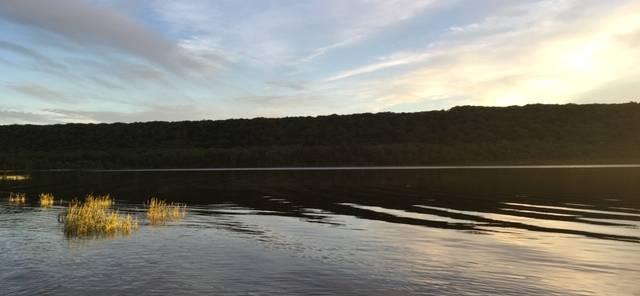Genetic Identifications of Aquatic Plants
Identification of many aquatic plant species can be tricky. Many species are distinguished by floral and fruit characters, which are not always present. This is tough on managers when native and invasive species are closely related and difficult to distinguish. Further, hybridization is common, and hybrids can look similar or different from parental species.
My lab routinely performs species identifications using genetic techniques. We mostly identify watermilfoils, but we have also done other species.
For watermilfoils, we use a rapid assay to identify Eurasian (Myriophyllum spicatum), northern (M. sibiricum), and interspecific hybrids of the two. These assays typically only take a few days to turn around, depending on the volume of samples that we are processing.
The assay above cannot positively identify other species of watermilfoil alone (e.g., M. aquaticum, M. heterophyllum, M. verticillatum, etc.). So, when a specific sample is not Eurasian, northern, or hybrid, there are additional sequencing and analysis steps required to positively determine it as a different species. Thus, turnaround times (and sometimes costs) are greater.
In addition to species-level identification, we can distinguish specific strains of Eurasian, northern, and hybrid watermilfoil. This is of interest to some stakeholders for a few reasons. First, we have identified some specific strains that are resistant to specific herbicides. Because these strains can be found in multiple lakes, some stakeholders may wish to screen their lake for these strains before using a particular herbicide. Second, and also because the same strain can be found in multiple locations, stakeholders may wish to know whether the strain(s) present in their lake are found in any other lakes that we have sampled. This can facilitate sharing of information and resources among lakes that some stakeholders find useful. This strain identification takes longer than the species-level identifications described above. If you are interested in getting strain level identifications of watermilfoil in your lake, please contact both Ashley Wolfe ([email protected]).
Please also check out our MilfoilMapper website that displays all watermilfoil strains we have identified thus far and their associated herbicide response information.
Although we primarily focus on watermilfoil identifications, we are capable of doing genetic identifications on other species. Whether we can identify a particular species depends on what genetic tools and resources already exist for them. Where tools and resources already exist, we can usually perform identifications within days to weeks. If you are interested in genetic identifications for other species, please contact Ashley Wolfe ([email protected]).
Additional information can be found on the following pages:

